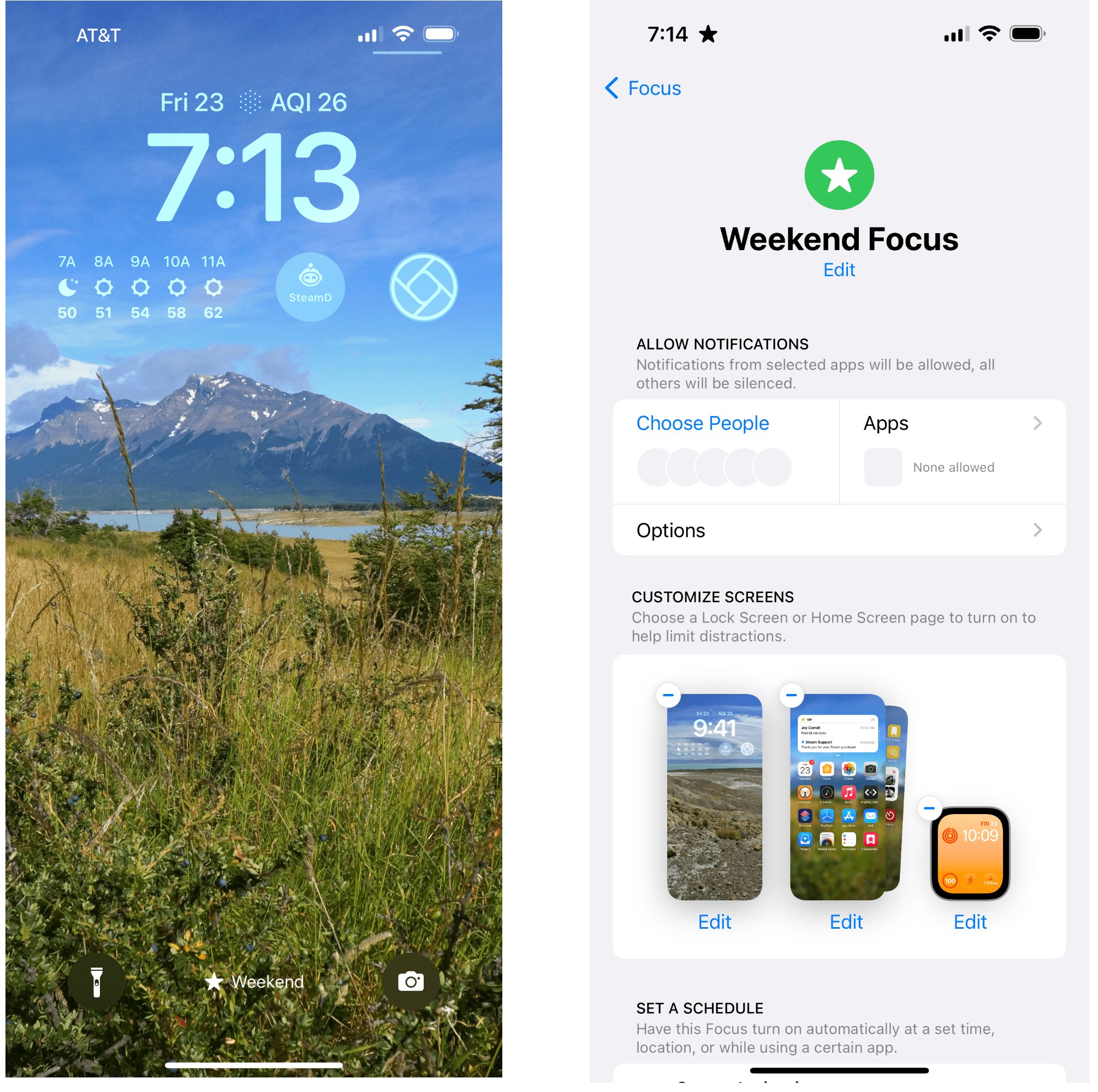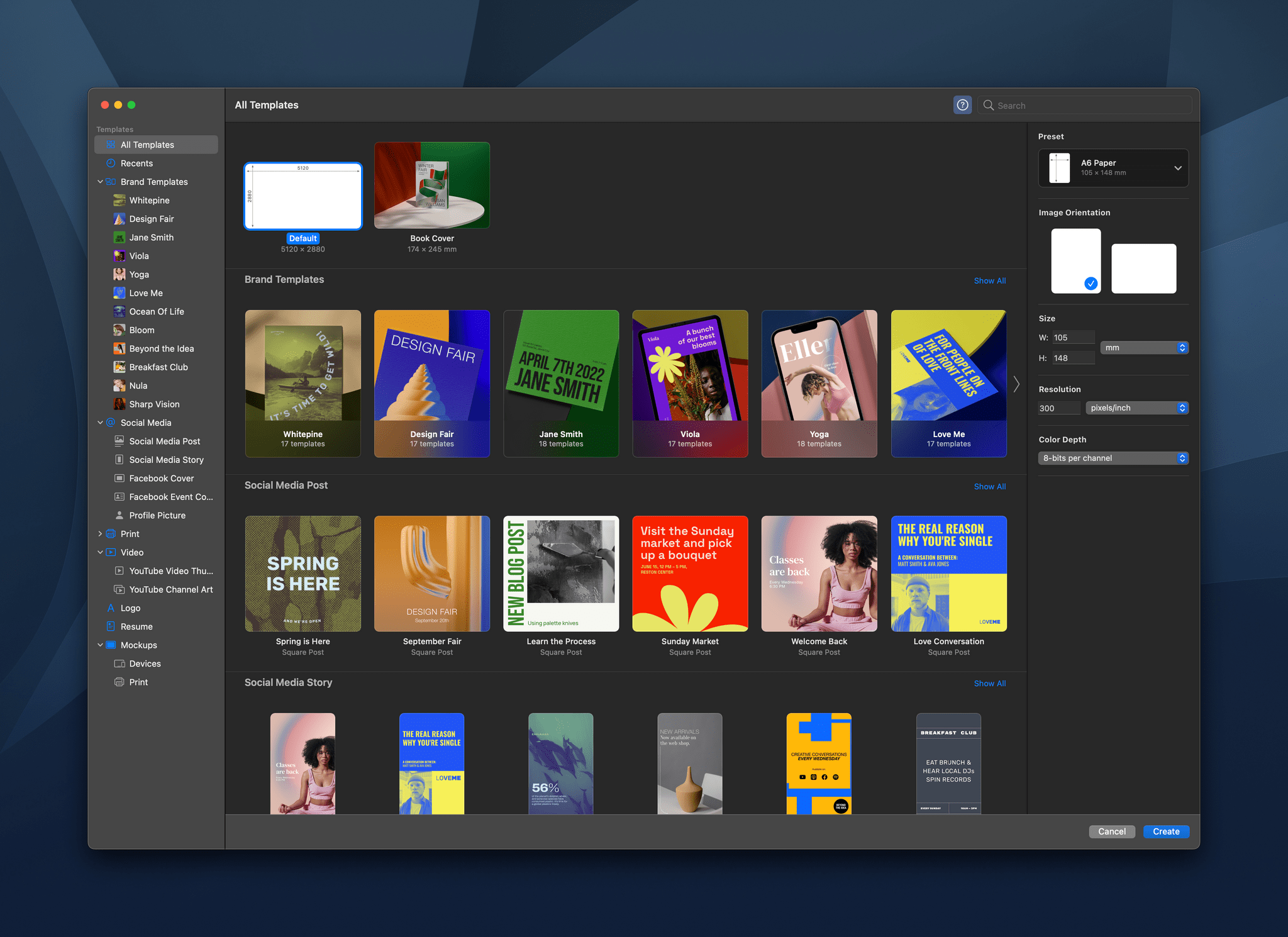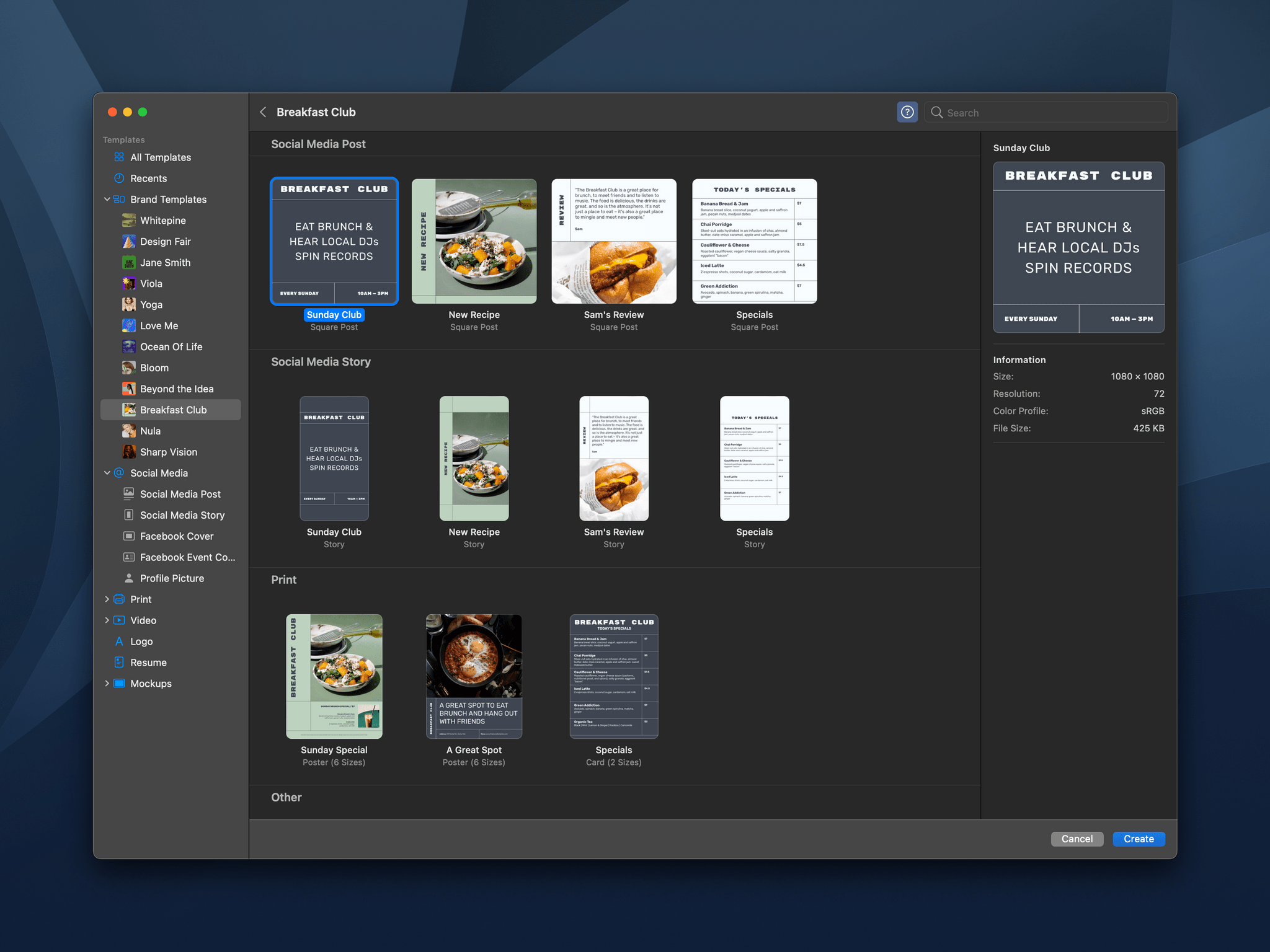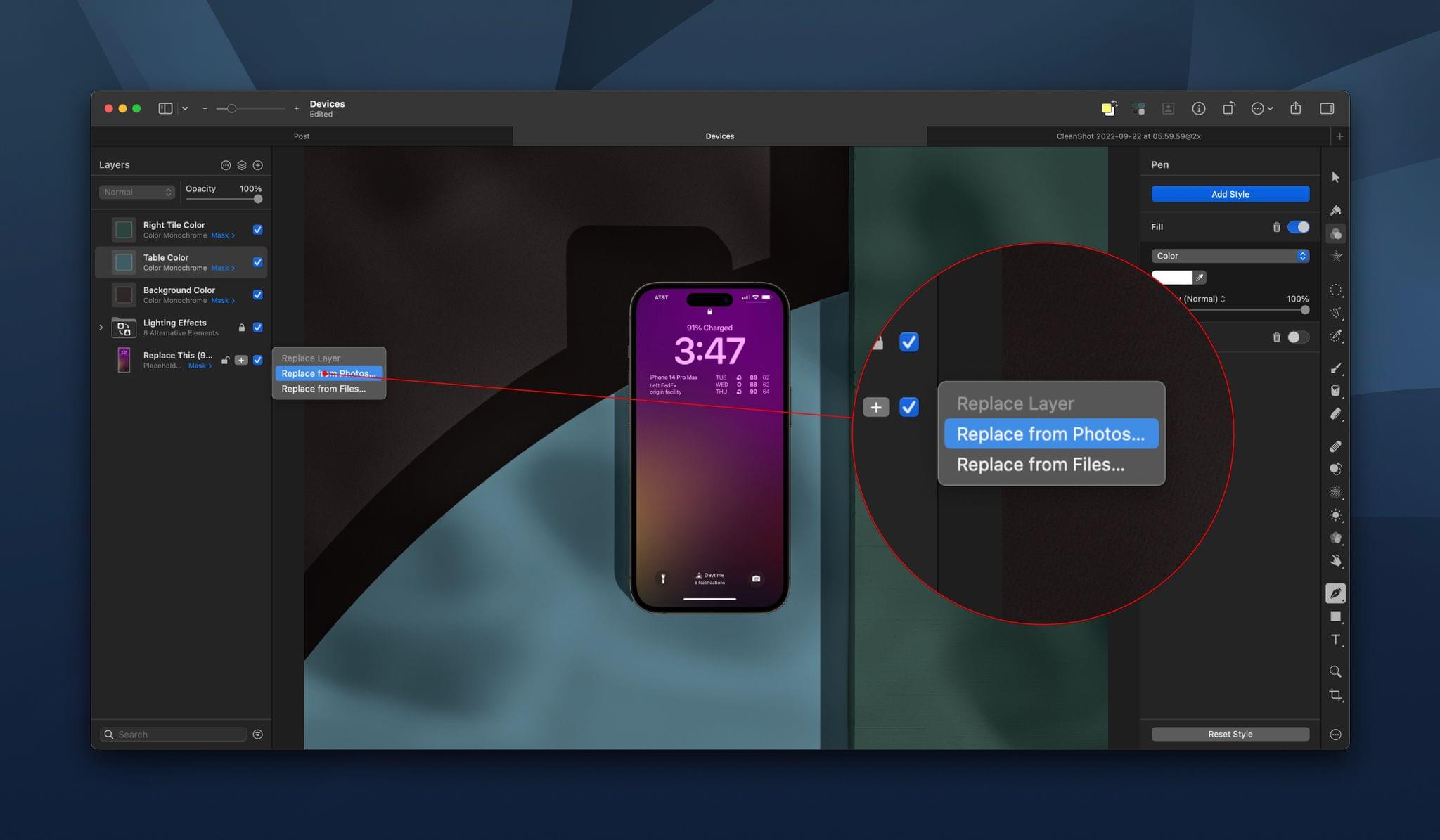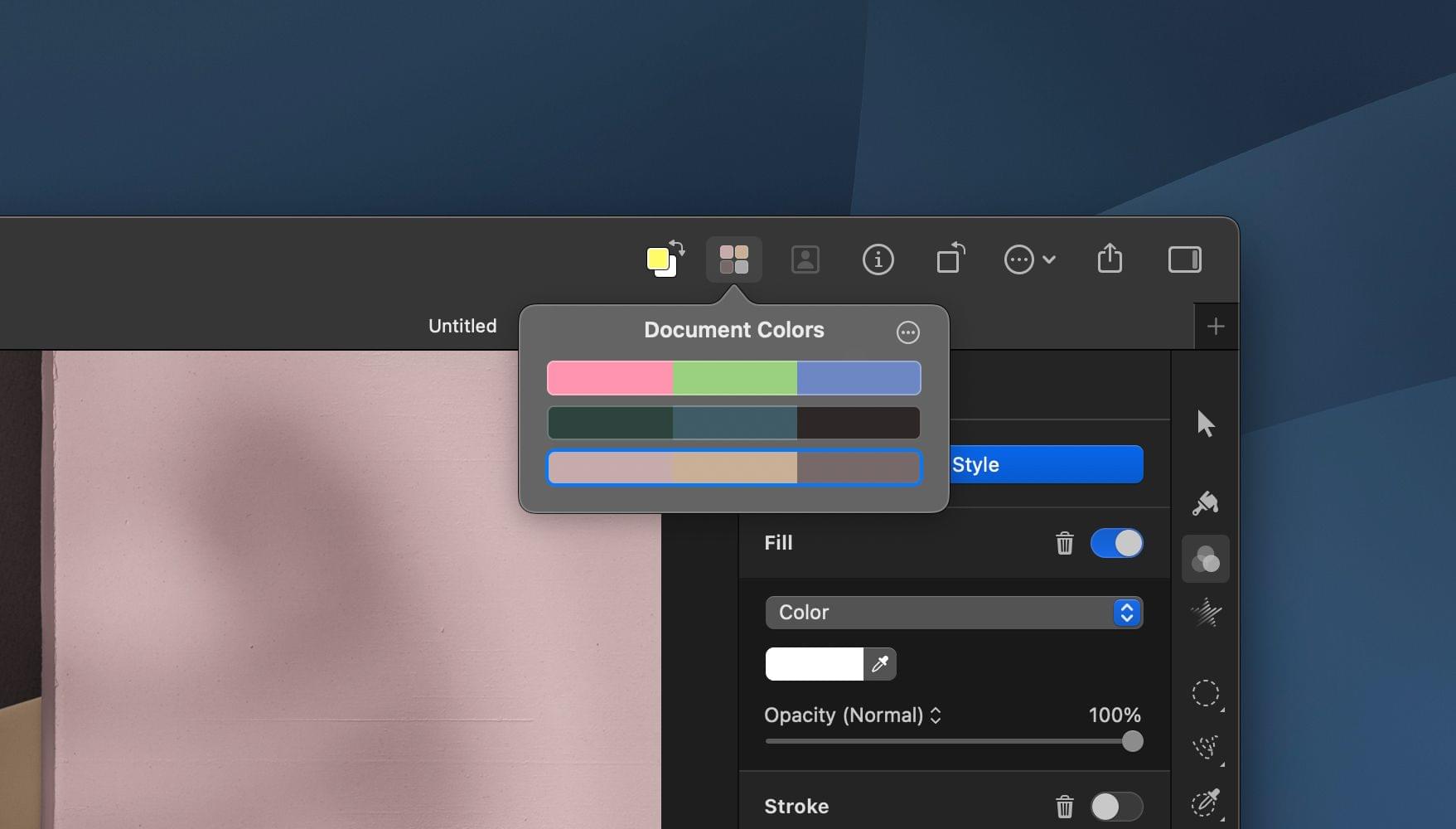When I look at the innovation happening in handheld gaming at all levels with devices like the Analogue Pocket and Steam Deck, I can’t help but wonder, “What if Apple really jumped into the videogame market and put the power of its hardware and software design teams behind devices that could play everything from Candy Crush Saga to Elden Ring?” Apple hasn’t, and I don’t expect it will, but every time I use my iPhone, I look at its gorgeous ProMotion OLED display and want to use it for more than the gaming experiences that the App Store offers.
That said, there is still gaming fun to be had on the iPhone. For me, that occasionally takes the form of an Apple Arcade game like the excellent Shovel Knight Dig that was released on the service last week, and I’ll cover this week on MacStories Unwind. Other times, it’s an indie platformer like the Dadish series or a classic Nintendo handheld game via Delta. With a fast enough WiFi connection, I’ve even found myself streaming games from my Xbox Series X, Microsoft Game Pass, and PlayStation 5. It’s not everything I think gaming could be on the iPhone, but it’s not bad either.
Despite Apple’s perplexing relationship with videogames, the last few years have seen the company expand controller support, which has gradually led to an increase in support among developers. That, in turn, has prompted me to try a lot of different controllers and conclude that with the iPhone, nothing beats an integrated Nintendo Switch-style controller solution.


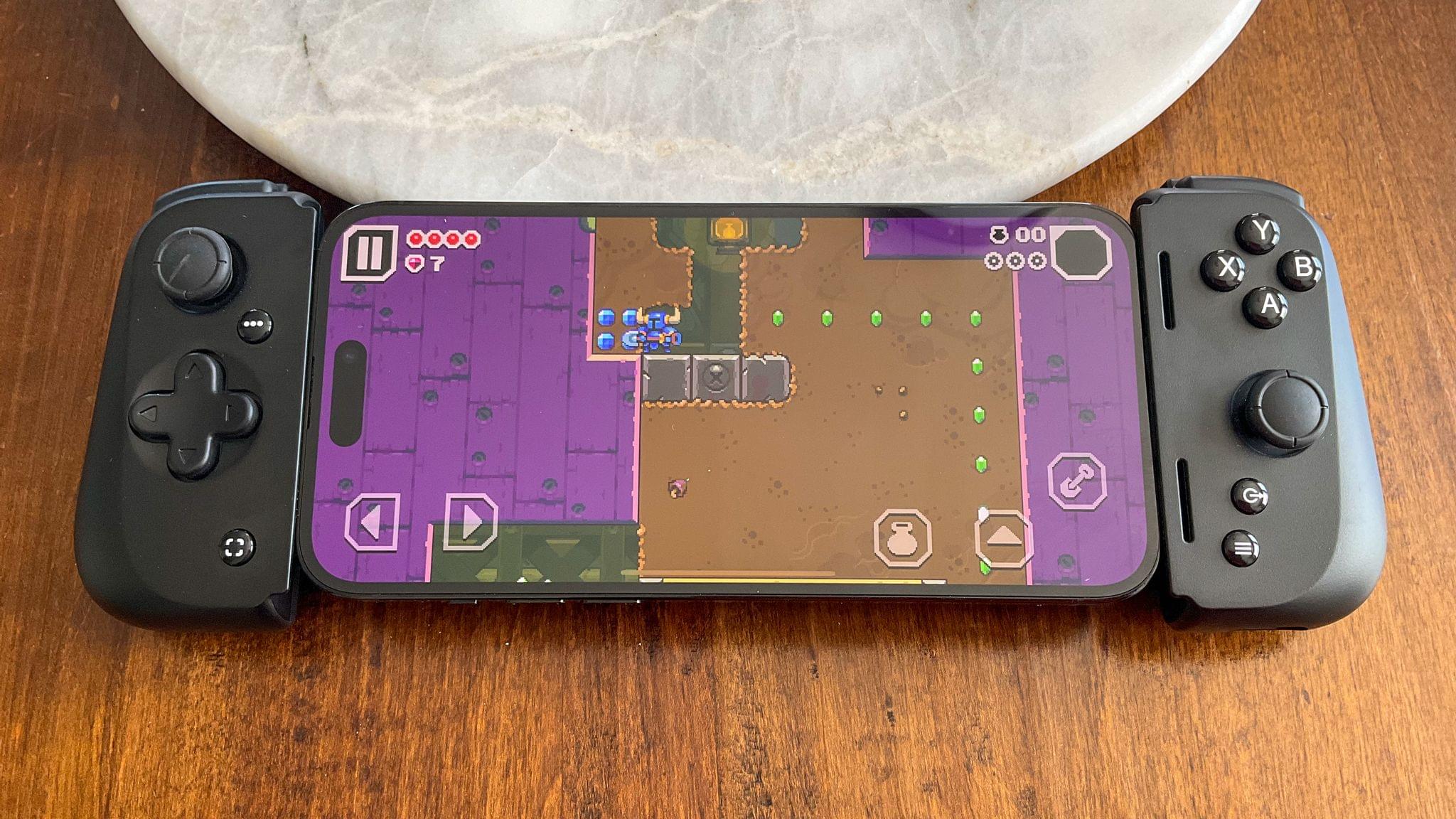






](https://cdn.macstories.net/banneras-1629219199428.png)
